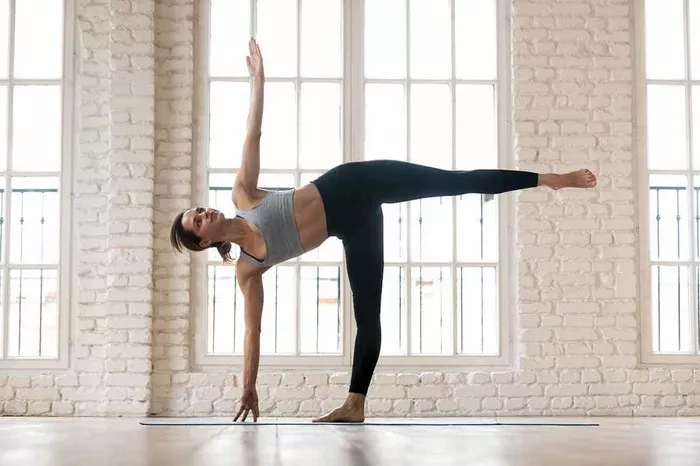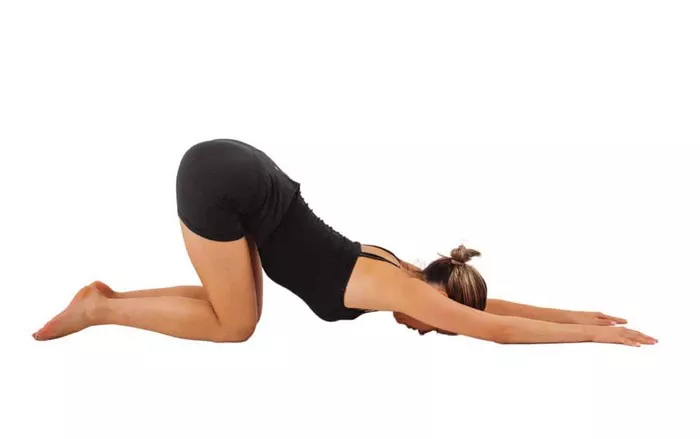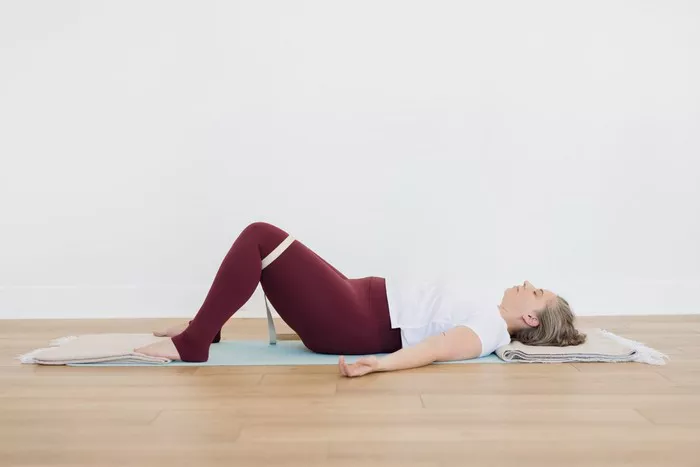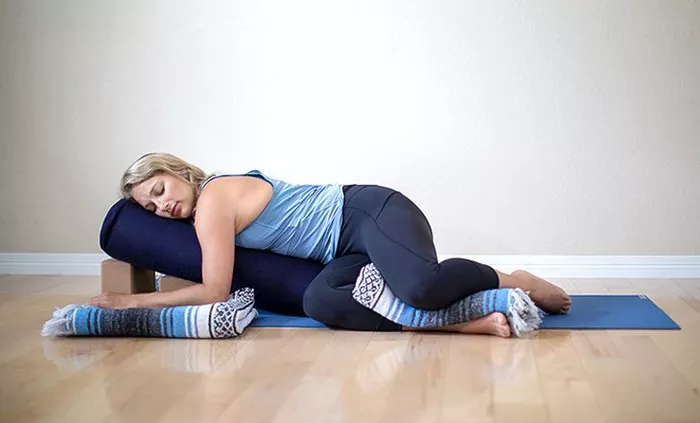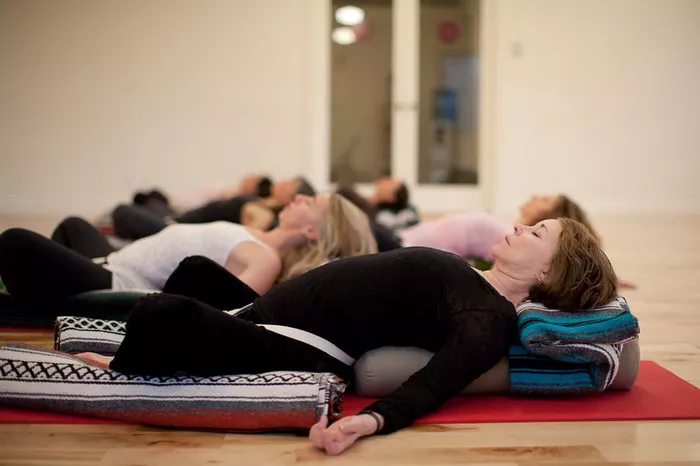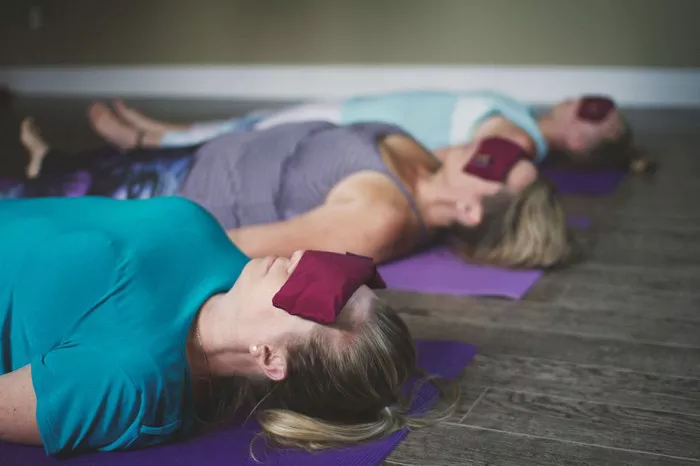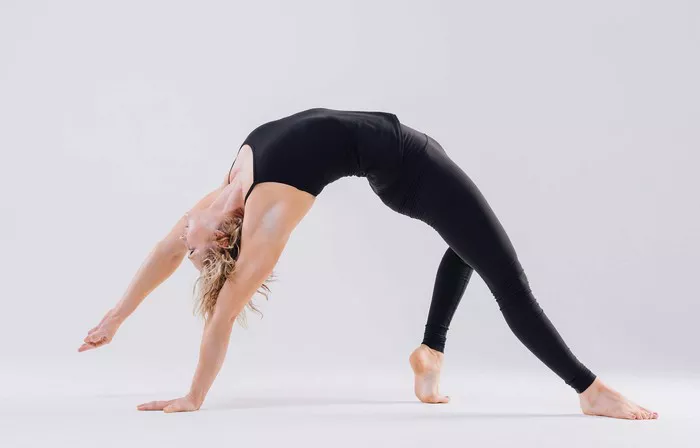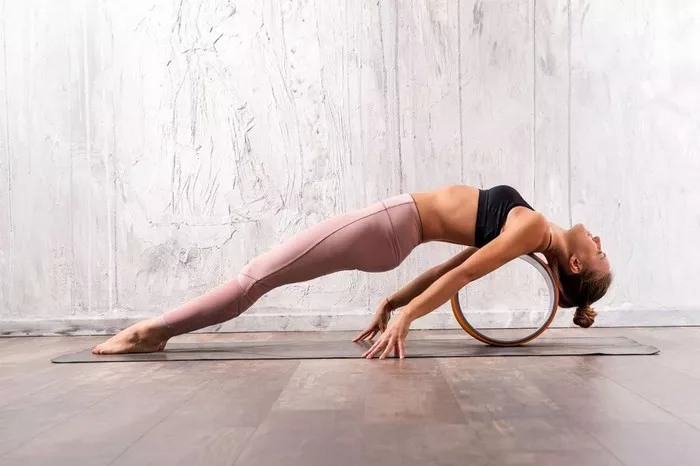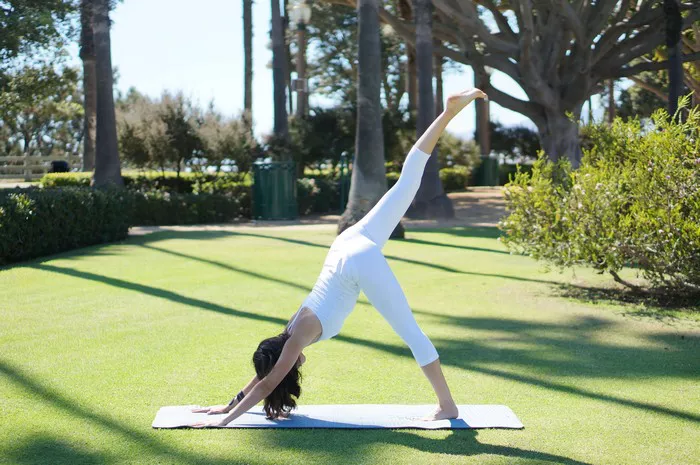Yoga balls, also known as stability balls, exercise balls, or Swiss balls, are versatile fitness tools widely used in physical therapy, strength training, yoga, and general wellness routines. They come in various sizes and materials, designed to support body weight and improve balance, flexibility, and core strength. While they may seem simple, their effectiveness largely depends on proper inflation. Over- or under-inflation can not only reduce the effectiveness of exercises but also increase the risk of injury. Therefore, understanding when to stop inflating a yoga ball is crucial for safe and productive usage.
Importance of Proper Inflation
Properly inflating a yoga ball ensures it performs its intended function efficiently and safely. An under-inflated ball may sag too much under weight, failing to provide adequate support. On the other hand, an over-inflated ball becomes rigid and could potentially burst under pressure. The correct inflation level helps in maintaining correct posture, engaging core muscles appropriately, and reducing the risk of falling or slipping. Additionally, a properly inflated ball extends the product’s lifespan by minimizing stress on the seams and material.
How to Choose the Right Size Yoga Ball
Before inflating a yoga ball, you must ensure that the ball is the appropriate size for your height and the type of activity you intend to perform. Yoga balls generally come in the following sizes:
- 45 cm – for individuals under 5 feet (152 cm) tall
- 55 cm – for individuals between 5’1″ and 5’7″ (155 to 170 cm)
- 65 cm – for individuals between 5’8″ and 6’1″ (173 to 185 cm)
- 75 cm – for individuals 6’2″ (188 cm) and taller
When seated on the ball, your knees should be at a 90-degree angle or slightly lower than your hips. This seating position ensures that the ball is not only properly sized but also inflated to the right height.
Tools Required for Inflation
To inflate a yoga ball, you typically need the following items:
- A hand pump or foot pump, often included with the ball
- A measuring tape or yardstick to verify diameter
- A plug remover or inserter tool
- A flat surface for safe and accurate inflation
Some people also use electric air compressors, but care must be taken not to overinflate quickly. The material may not adjust evenly under rapid pressure, leading to uneven inflation or weakening of seams.
Step-by-Step Inflation Instructions
- Unpack and Allow to Rest: New yoga balls should be allowed to rest at room temperature for at least two hours after unpacking. This step helps relax the material and prepares it for even inflation.
- Initial Inflation: Inflate the ball to about 80% of its final size and let it sit for 24 hours. This process allows the ball to gradually stretch and accommodate its full size.
- Final Inflation: After 24 hours, inflate the ball to its full size using your measuring tape to verify its diameter.
- Insert the Plug: Once you reach the desired size, insert the plug securely into the valve to prevent air leakage.
How to Measure Correct Inflation
Determining when to stop inflating a yoga ball requires attention to size, firmness, and surface feel. Here are several methods to check whether your ball has reached the correct inflation level:
- Diameter Check: Use a measuring tape or a wall chart to measure the ball’s height once fully inflated. If you purchased a 65 cm ball, it should stand 65 cm tall from the floor to the highest point.
- Wall Method: Place the ball between a wall and a box or chair that is the same height as the recommended diameter. The ball should just touch both objects without excessive compression.
- Finger Press Test: Press your finger into the ball’s surface. You should be able to depress it about an inch with firm pressure. If the ball yields too much, it may need more air; if it barely gives, it may be overinflated.
Risks of Overinflating a Yoga Ball
Overinflation is a common mistake, especially when users aim for a firmer feel. However, inflating beyond the recommended diameter can create several issues:
- Increased Risk of Bursting: Excess air pressure places undue stress on the seams and material, increasing the chance of rupture.
- Reduced Comfort: Overly rigid balls can make exercises uncomfortable and even painful, especially during stretches or seated movements.
- Slippery Surface: A very tight ball may have a smooth, glossy surface that increases the risk of slipping.
- Diminished Effectiveness: Core engagement and balance training rely on a slight instability. Overinflation reduces this beneficial wobble.
Risks of Underinflating a Yoga Ball
Just as overinflation is problematic, underinflation presents its own challenges:
- Reduced Support: An underinflated ball sags too much, compromising posture and muscle engagement.
- Instability: A floppy ball may wobble excessively, making exercises difficult to control.
- Shortened Lifespan: Constant excessive compression can cause creases, weakening the material over time.
- Postural Misalignment: Sitting or lying on a soft ball can tilt the pelvis or spine into poor alignment, negating the benefits of using the ball.
Factors That Affect Inflation Accuracy
Several external and internal factors can affect your yoga ball’s inflation level:
- Room Temperature: Air expands and contracts with temperature changes. A ball inflated in a warm room may appear underinflated in a cold one.
- Material Stretch: Over time, the material may stretch, altering the ball’s shape and size. Periodic rechecking is recommended.
- Air Leakage: Slow leaks through the valve or material can reduce firmness. Regular inspection helps maintain inflation.
- User Weight: Heavier users compress the ball more, which may require a slightly higher inflation for equivalent performance.
Maintenance Tips for Inflated Yoga Balls
Once your yoga ball is properly inflated, follow these guidelines to keep it in optimal condition:
- Avoid Sharp Objects: Use the ball on a clean, flat surface free from debris.
- Regularly Check Firmness: Make it a habit to test the firmness weekly, especially if used frequently.
- Store Properly: Keep the ball in a cool, dry place away from direct sunlight and extreme temperatures.
- Clean Gently: Wipe down with mild soap and water; avoid harsh chemicals that can degrade the material.
- Inspect for Damage: Check for signs of wear, especially near seams or the valve. Replace the ball if you notice any cracks or tears.
Practical Tips for Daily Use
To get the most out of your yoga ball and ensure it’s always inflated correctly:
- Use a stabilizing ring if you’re a beginner to prevent the ball from rolling too much.
- Mark your wall with the ball’s proper height using painter’s tape for easy checks.
- Record the date and size after each inflation session in a log for reference.
- If using in a shared space, educate others on proper inflation to ensure collective safety.
Conclusion
Knowing when to stop inflating your yoga ball is essential for both safety and effectiveness. Use the manufacturer’s recommended size as your guide and verify using measuring tools rather than estimating by feel. The correct inflation should provide a balance of firmness and slight give, enabling safe and productive exercise. Avoid the extremes of overinflation or underinflation, and recheck regularly to ensure long-term performance.
Proper inflation isn’t a one-time task but a recurring responsibility that complements your fitness journey. With the right tools, attention to detail, and awareness of physical indicators, you can ensure your yoga ball remains a reliable and safe partner in your wellness routine.
FAQs
Q1: How often should I reinflate my yoga ball?
A1: Depending on usage and environmental conditions, check the ball every week. Reinflation may be needed every 2 to 4 weeks.
Q2: Can I sit on the ball while inflating to test firmness?
A2: No. Sitting on an inflating ball can distort its shape and lead to overinflation. Inflate it while it’s unweighted and use manual methods to test.
Q3: Is it safe to use an electric air compressor?
A3: Yes, but with caution. Use the lowest setting and pause frequently to check the ball’s firmness and diameter.
Q4: What is burst-resistant material?
A4: Burst-resistant balls are designed to deflate slowly if punctured, reducing injury risk. However, they are not burst-proof and still require proper inflation.
Related Topics:

